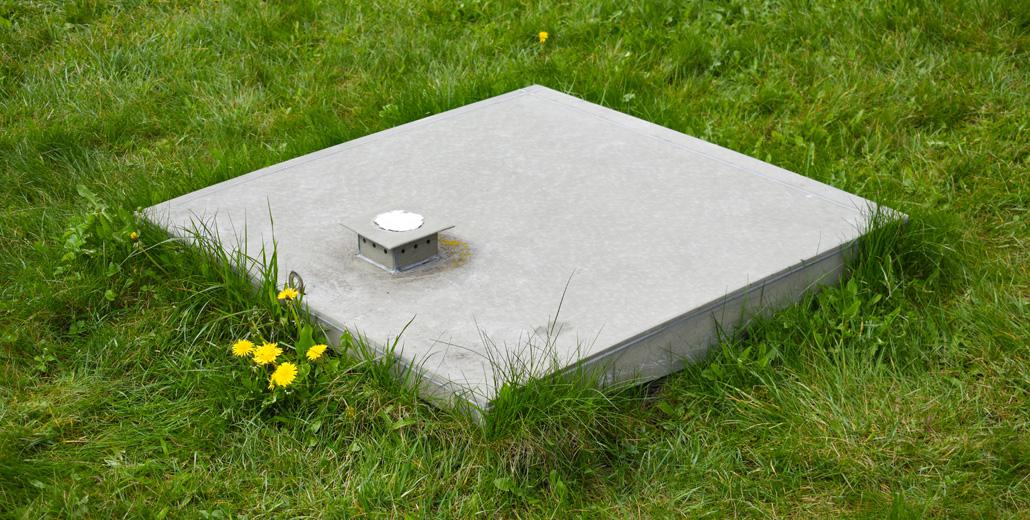
If you’re a new homeowner, you may not be familiar with the two main plumbing waste disposal systems used in modern construction. If you’re considering purchasing a home, you want to understand the difference between septic and sewer systems. Both have their pros and cons.
Finding your dream home has a septic system when you’re not even sure what that is can be a real buzz kill. Especially when you’re not sure what you’re getting yourself into.
On the other hand, some homeowners prefer a septic system, since it may prove less costly in the long run. However, unless your property conforms to a few key factors, you likely won’t have a choice between the two.
Differences in Performance
Septic tanks and sewers perform the same basic function — they both remove plumbing wastes from your home. This includes anything flushed down the drains, extracted from equipment, or flushed down the toilet.
The primary difference between the two systems is in how each handles the waste once it’s removed.
Septic tanks feature a holding tank underground that breaks down waste matter. Sewer systems remove the wastewater via pipes to a distant water treatment facility.
Sewer systems explained
Sewer systems are generally managed and maintained by public municipalities. You, the homeowner, help cover this expense with your water bill payment.
Unlike septic systems, sewers remove wastewater and solids from the homeowner’s property to be treated. Wastewater treatment plants are gravity-powered, draining the waste through sequentially larger pipes, where it’s collected for treatment. Where gravity doesn’t cooperate, they employ lift stations to raise the wastewater and keep the system flowing smoothly.
Once collected, the wastewater goes through several different treatment steps. The water is stored in a tank to allow the effluent to settle into three different layers. Solids or the sludge, sink to the bottom, the scum rises to the top, and water settles in middle. These are then removed from the wastewater, which they treat further for reuse.
Some treatment plants also use specialized bacteria to consume excess organic contaminants. Once that process is complete, chemicals, such as chlorine or chloramine are used to kill any remaining bacteria. Often, a filtering stage is used as a final step.
Septic systems explored
Septic Systems are wholly contained water treatment systems that are built into a property. Instead of being piped to a municipal treatment plant, all wastewater and debris are channeled to a central holding tank underground in the yard.
Like the municipal tank, the septic tank allows the wastewater to separate into three different layers, with solids at the bottom and scum at the top. Sludge and scum are removed through professional servicing.
The remaining water is drained into a leach field, or drain field, in the ground. This is a system of pipes that slowly drain the water into the soil, there allowing the natural microbiology to break down anything remaining.
Septic and Sewer Maintenance Differences
As a homeowner, you’re probably most interested in how the difference between septic and sewer systems impacts you.
Sewer systems are maintenance free, as far as the homeowner is concerned. Your public water facility manages the process, including the maintenance. Your only input is paying the bill.
On the other hand, septic tanks are part of your property infrastructure. You own the system and are responsible for maintaining it.
Septic system maintenance
Keeping your septic system running properly doesn’t need to be a burden. There are a few regular tasks to complete, but when weighed against a regular monthly bill, they don’t seem so onerous.
Some key maintenance steps you’ll need to follow are:
-
Inspect your system regularly
-
Have the tank pumped as required
-
Ensure the tank lid is secure
-
Ensure the water in the drain field is properly processed by soil micro-organisms
-
Reduce your water use to prevent overflow
-
Use biodegradable toilet paper
-
Refrain from allowing any food scraps to enter the drain
-
Prevent any flushing of non-organic waste
-
Ensure no cleaning chemicals are flushed
-
Prevent heavy machinery from parking on the tank or leach field.
Pros and Cons Between Septic and Sewer
Both septic and sewer systems have their advantages and disadvantages. Sewer systems require little involvement from the homeowner, but the cost can add up over time.
Septic systems require regular inspection and maintenance, but the cost is generally low. If you’re diligent about how you use the septic tank, it’s a lower-cost option over time.
In most cases, you won’t be able to choose which you have to serve your home. So, if your new home has a septic system, we’ve got you covered.
Make an appointment today with the plumbing pros at Benjamin Franklin Plumbing in Pleasantville. We know how to ensure your septic system works as designed to give you long-term peace of mind.
